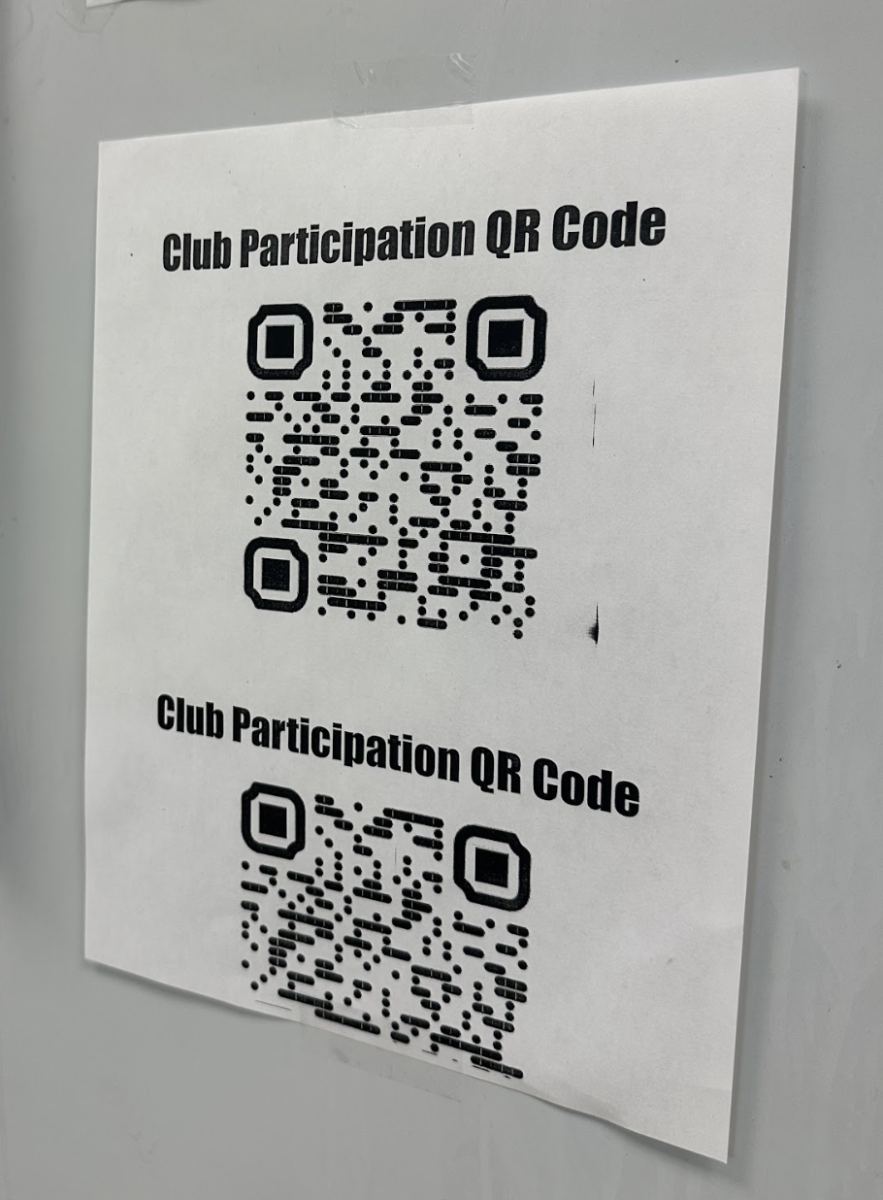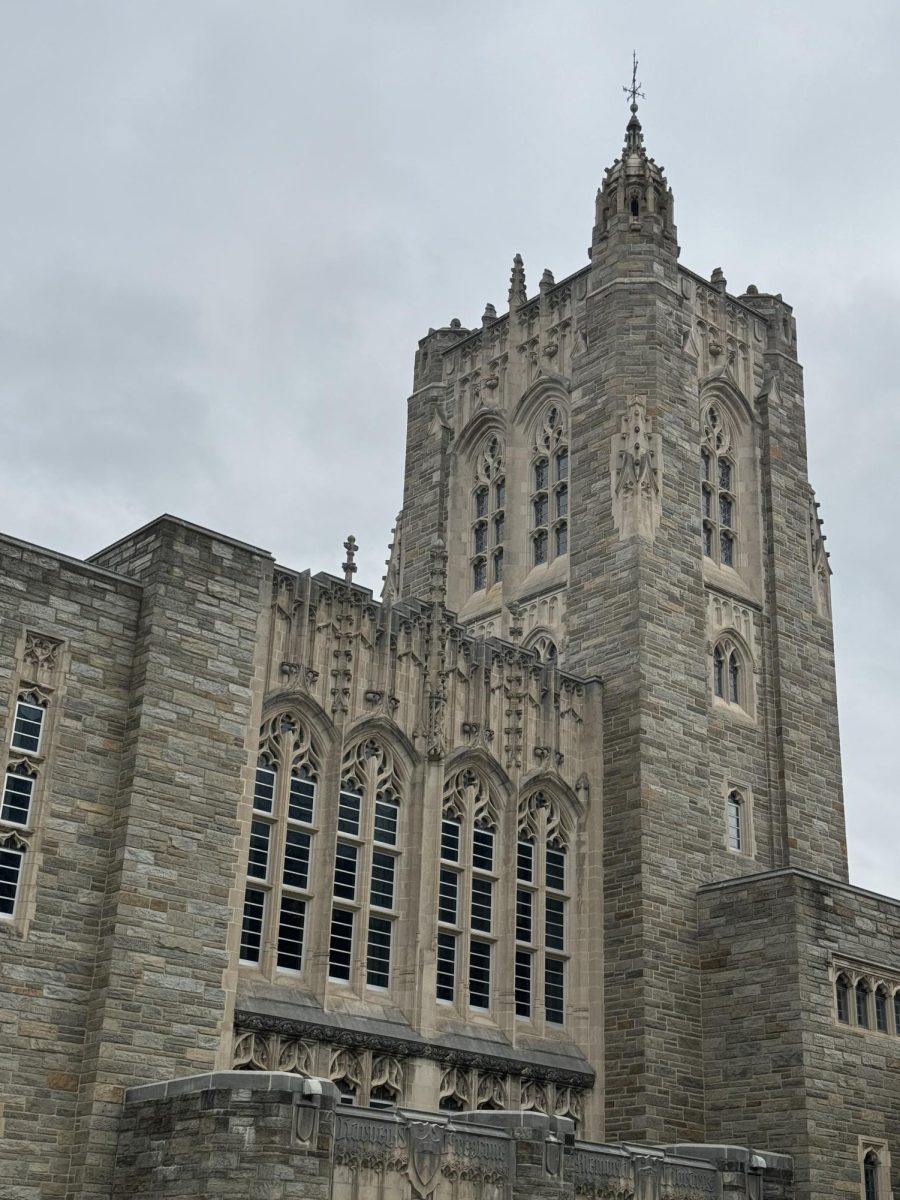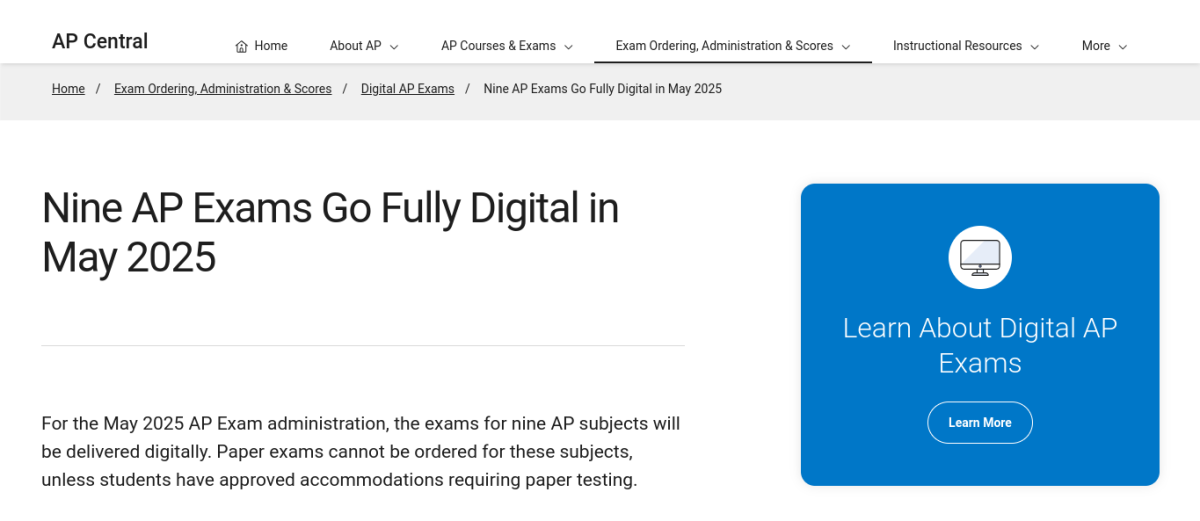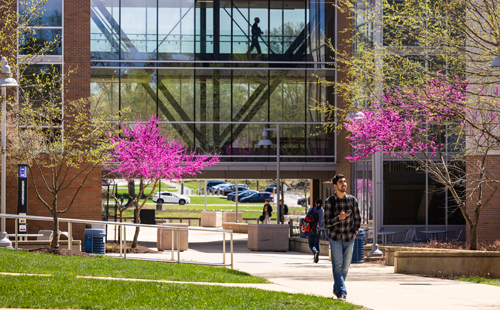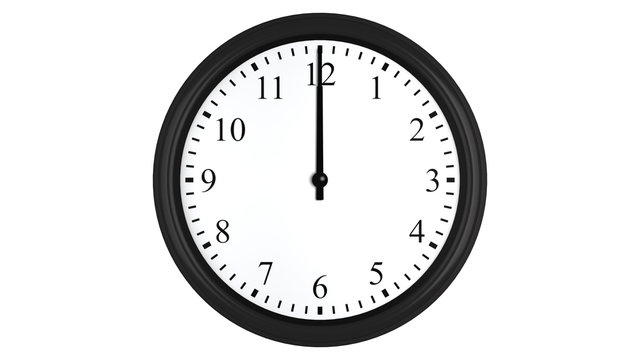Juvenile Arthritis Club. Feminist Literature Club. Aeronautical Club. It is no secret that WCHS has hundreds of clubs covering all topics — 172 to be exact. With the option to create a new club for the second semester now available, the number will only increase, posing the question: when is enough enough?
New club applications for the second semester opened on Nov. 8 and will close on Dec. 15. While these applications can be a beneficial opportunity for students, the sheer number of clubs at WCHS has led them to lose their value, prompting the need for more regulation of clubs.
Despite the vast variety, most students are only aware of larger clubs, leaving lesser-known ones memberless. The exorbitant amount of clubs combined with the unawareness surrounding them has led to many clubs lacking engagement and attendance. This then creates challenges and frustrations for the student leaders who have to deal with the consequences of an inadequate club.
One of the main problems around the lack of knowledge of clubs stems from Club Day. Held at the beginning of the year, Club Day is where all clubs gather in the main gym to advertise their clubs and get sign-ups. Club Day is often unorganized, as navigating around the gym to see all the booths can be complex. Additionally, the gym gets crowded, not providing enough room for WCHS’ almost 200 clubs and 2000+ students, causing many students to avoid the event altogether.
Combatting this issue would be a significant step towards boosting club attendance overall. If Club Day was held more than once a year and split into multiple days to decrease crowding, it would be more effective in promoting all clubs.
Per club regulations, a club needs at least five members to continue running. Regardless, clubs are not required to have a certain number of meetings throughout the year or keep track of attendance.
These lax policies often incentivize students only to create a club to put it on their college application. According to The Princeton Review, starting a club demonstrates leadership skills and willingness to take initiative, proving impressive to colleges. As WCHS is highly competitive, many view starting a club as a way to stand out.
Yet, as clubs are increasingly formed to enhance college applications, they lose their original meaning. What was initially intended to bring together students with shared interests now becomes a tool to boost an application.
This way of thinking discourages passion and creativity and promotes repetition. WCHS has many similar clubs, from the Computer Science Club and the Computer Science Honor Society to Churchill For Climate and My Own Climate Change Club. With WCHS already having close to 200 clubs and counting, regulation to reduce repeating ideas is imperative.
To counteract this, WCHS should work towards making clubs something that students actually want to run and participate in. It is essential that students realize running a club can be more fulfilling and meaningful than an activity on the Common App. So if WCHS emphasizes the passionate and fun aspect of clubs, we may see less repetition and more innovation.
Despite these dilemmas, some argue that imposing stricter rules would prevent students from being able to create clubs. According to The University Network, high school is one of the only times in life where one can join a club to experiment with a subject or potential career path. Many believe taking this opportunity away from students would only hurt them. Concerns also arise about the ethics of WCHS approving some clubs while turning down others.
However, the goal behind more regulations is not to stop students from forming clubs but to optimize the system to make clubs more effective. Improvements will ensure clubs are not redundant and students are not simply using them for college.
Overall, WCHS has a lot that can be done to regulate clubs. From having attendance requirements to creating more opportunities for clubs to be discovered, WCHS can transform clubs from the repetitive and boring light they are often viewed in into something that students genuinely enjoy being a part of.


